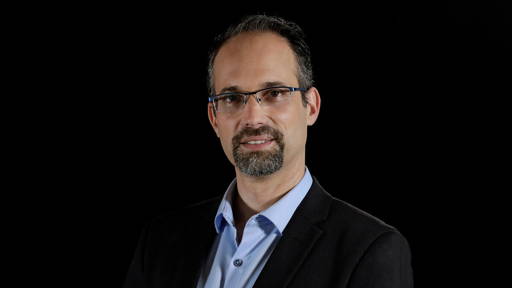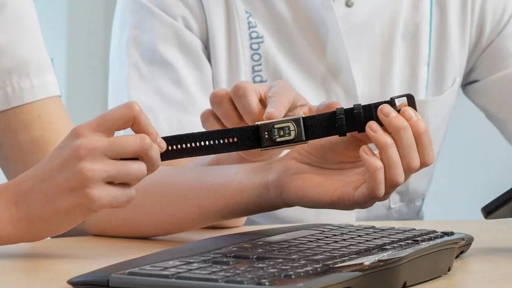Smartphones are being utilized in healthcare for various purposes, including patient-physician communication, remote monitoring of (chronic) conditions, and accessing medical records or completing questionnaires. Moreover, there are already several instances where commercial devices are being employed for medical diagnostics, and even for measuring blood oxygen levels using an Apple Watch.
A new illustration of the added value that smartphones can bring to medical diagnostics is being developed at Purdue University. By leveraging sensors within a smartphone, its camera, and AI, blood oxygen levels can be measured. This application could lead to faster diagnoses of conditions like anemia.
Hyperspectral Imaging
Hyperspectral imaging can capture all wavelengths of visible light in each pixel and can be used to detect various skin and retinal disorders, as well as some forms of cancer. The camera of a smartphone can essentially capture only red, green, and blue light wavelengths in each pixel. This theoretically limits its applications in the medical field. Nonetheless, extensive research is being conducted in this area, yielding successful outcomes.
By combining AI, deep learning, and statistical techniques with their knowledge of light-tissue interactions, researchers at Purdue University have managed to reconstruct the full spectrum of visible light in every pixel of a standard smartphone camera image. They have already filed a patent application for this new technology.
Higher Accuracy of Smartphones
The developed method involving smartphone-based hyperspectral imaging was compared by researchers to existing hyperspectral imaging equipment. The test assessed whether the smartphone camera and the developed AI models could measure blood oxygen levels in blood flowing through the eyelids of test subjects (volunteers).
The
test results have now demonstrated that the smartphone camera can produce hyperspectral information faster, more affordably, and just as accurately as information captured by specialized equipment. The smartphone approach can generate images in a single millisecond, while conventional hyperspectral imaging requires three minutes.
Ultra Slow-Motion Images
It's worth noting that these measurements cannot be conducted with every smartphone. The device must have a camera with an ultra slow-motion option capable of capturing videos at 1,000 frames per second. Each pixel in every frame contains information about the color intensity of red, green, and blue. This information is processed by a machine learning algorithm that deduces the full spectrum information for each pixel. This is then used to produce measurements of blood flow, particularly the levels of oxygen-rich and oxygen-poor hemoglobin in each pixel.
In the future, these hemodynamic parameters could also be used to generate photos and videos showcasing the oxygen saturation levels of their subjects.









